Here's some Marantz Reviews w/comments
href=”https://adkav.com/wordpress/wp-content/uploads/2011/05/Marantz-PM5004.jpg”>
[/caption]Excerpts from three reviews/comments for some of our very musical Marantz Stereo components
>(My comments are bold and italicized)
New Products from Marantz
By Stereophile’s Stephen Mejias • Posted: Jul 22, 2010
Marantz has introduced four new, relatively affordable products: two integrated amplifiers and two disc players. All carry on the sleek, attractive design of the company’s reference components, featuring the classic Marantz star logo (cool), sculpted faceplates, and solid-looking build.
I’m most interested in the cheap stuff (me too).
The CD5004 CD player uses a Cirrus Logic CS4392 D/A converter capable of handling high-resolution 24-bit/196kHz PCM signals. But the player can also read CD-R and CD-RW discs with MP3 and WMA files. Interestingly, there’s also a front panel headphone jack and pitch control, perfect if you’re a musician and want to play along to your favorite tracks. In addition, the remote has a “Quick Replay” feature, which allows you to back up anywhere from 5 to 60 seconds to replay portions of songs. Other nice touches abound, such as the gold-plated output terminals, widely spaced for heavy gauge cables (Marantz is one of those companies from which you benefit as they will oftentimes use “technology” from their Pro or Reference Line, which of course is much higher integrity than you normally find at these entry level price points…).
The PM5004 integrated amplifier replaces the PM5003, recently reviewed by Bob Reina (also included below). It offers 35Wpc (but behaves like a lot more power) and has five line-level inputs, two Record Out jacks, and, most important, a moving-magnet phono stage (Thank god!)
For those who need SACD playback, Marantz offers the SA8004, the latest incarnation of the SA8001 which so impressed Jim Austin (and me too – very high end performance… suspiciously close to the Reference SA-15S2 $1999.00). The price remains $999. And for those who want more power, more options, and beefier construction in their amplifiers, Marantz offers the PM8004, also at $999 (of which I owned its predicessor, the PM8003, as it was the most musical amp available at or near its price then).
But let’s get back to the cheap stuff. The CD5004 costs $349. The PM5004, with phono stage(!), costs $449. Add a high-quality, affordable pair of bookshelf speakers, like the PSB Alpha B1 ($279/pair), (Definitely! See my March 30 blog review) speaker stands, and some cheap cables from (or “me” – we have em’ too) RadioShack or MonoPrice.com, and you’ve got an almost complete system—you’ll still need a turntable, of course—for just over $1000. Or, if you’re like me, and vinyl is more important to you, you can play your CDs with a Sony Playstation 1, and spend that $300 you just saved on a good turntable, like the Rega P1 (or matching “HELLO!?!” – “MARANTZ”..of course, that is just now coming out…hee-hee). You can upgrade the cables later. Remember: Marantz is doing a great thing by including that phono input with their PM5004, so you won’t need an additional phono stage. You’ll be all set to start spinning vinyl. The money saved can be spent at your favorite record shop (like Divinyl Revolution in Saratoga).
Marantz PM5003 integrated amplifier
By Robert J. Reina • Posted: Jan 27, 2010
We crotchety middle-aged (is 51 middle aged? – I sure hope so!!!) (and older) audiophiles frequently sit around and whine about the apparently rising median age of enthusiasts of two-channel audio. “We need to do something to attract the youts to our cause!” one of us will say. (Youts? See Joe Pesci in My Cousin Vinny.)
Well, that’s not giving the younger generation enough credit. There is a growing number of young audiophiles, many of them hooked on vinyl. In fact, one of them commissioned this review. When Stereophile’s own Stephen Mejias found out that Marantz was producing an attractive integrated amplifier with phono stage for only $449.99, he immediately lassoed John Atkinson to request one for review. Shortly thereafter, a sample of the Marantz PM5003 arrived on my doorstep.
How young is Stephen? Well, let’s just say that when Mikey Fremer was his age, Stephen hadn’t been born.
What do you get for $450?
A hell of a lot. (not to be repetitious but, A HELL OF A LOT!!!) but The Marantz PM5003, which puts out 40Wpc into 8 ohms (or 55Wpc into 4 ohms), doesn’t look like something that costs under $1000, let alone under $500. It’s rugged and hefty, and its elegant looks remind me of a cross between Audio Research gear and the most expensive Creek electronics. The PM5003 was designed in Japan and is made in China (as are most Marantz products (ACTUALLY NOT MOST, BUT WHO’S COUNTING?), and includes technology trickled down from two of Marantz’s flagship models: the SC-7S2 preamplifier ($8000) and the MA-9S2 monoblock amplifier ($16,000/pair) (Now who’s repeating themselves?)
The PM5003 (and PM5004) and its moving-magnet phono stage feature current-feedback circuits intended to exhibit faster rise and fall times and higher slew rates than voltage-feedback designs. According to Marantz, a current-feedback amplifier is better able to track music’s rapid changes, and should (does) sound more natural. The PM5003 is constructed with discrete components, (not just discrete outputs, now a popular buzz feature) and includes input buffet circuitry to optimize the signal/noise ratio and channel separation (old audiophile trick – less noise = more music).
The PM5003 is awash with features: five line-level inputs, two record outputs, two pairs of transparent screw-type speaker terminals, a balance control, and a headphone amplifier. There are also controls for treble, bass, and loudness—and, for audio purists, a Source Direct switch to bypass them, just as in my old Audio Research SP11 preamp. Those interested in custom installations will find triple command-code sets as well as an IR flasher input (our Custom tech’s loves it!). All of the preamp section’s functions are accessible via the rugged and well-laid-out remote control, which also controls Marantz’s CD and DVD players, tuner, and tape deck.
But how does it sound?
Quite remarkable, actually. (ditto)
The first phase of my listening involved only CDs, to test the line-stage and power-amp sections. The Marantz PM5003’s transparent, uncolored midrange made it a pleasure to listen to well-recorded classical woodwinds, such as Anthony Michaelson’s clarinet on his recording. of Mozart’s Clarinet Concerto, with Robert Bailey leading the Michaelangelo Chamber Orchestra (CD, Musical Fidelity MF 018). Throughout all three movements, Michaelson’s instrument was woody, airy, and vibrant. Jazz piano also shone through the PM5003—the rich, warm, sonorous midrange of Marilyn Crispell’s instrument floated naturally into my listening room on her rather minimalist phrasing in the title track of her Amaryllis (CD, ECM 1742).
Normally, I wouldn’t expect to hear extended, natural highs from such an inexpensive component, but Tiger Okoshi’s revealing trumpet on “On Green Dolphin Street,” from his Two Sides to Every Story (CD, JVC JVCXR-0004-2), was rendered without bite, harshness, or any top-octave rolloff. The burnished metallic bite of his horn sounded dynamic and as involving as I’ve heard through far more costly gear. Solo violin is the acid test of high-frequency realism, and Mariko Senju’s performance of Paganini’s 24 Caprices for Solo Violin (CD, JVC JVCC-6504-2) was searing yet pristine, with no trace of discordant electronic artifacts. Throughout John Zorn’s “Orphee,” from his Mysterium (CD, Tzadik TZ8018), percussionist David Shimminer plays a variety of closely miked high-frequency percussion instruments. Through the Marantz they took on a shimmering, bell-like quality, with natural decay and transients that were quick but not too sharp. The Marantz’s articulation of transients also did an impressive job in unraveling the midrange textures in pianist Vijay Iyer’s angular, rapid-fire solo on “Revolutions,” from his Reimagining (CD, Savoy Jazz SVY 17475).
With either the Epos or Monitor Audio speakers, the PM5003’s reproduction of bass was natural, deep, dynamic, and fast, with no noticeable overhang. I analyzed Ray Brown’s double-bass solo in another cover of “On Green Dolphin Street,” this one, from The Poll Winners (CD, JVC JVCXR-0019-2), with Barney Kessel and Shelly Manne. The sound of the instrument’s strings and wood shone through, with a good sense of pacing and no trace of coloration or loss of dynamics, even in the lower-register passages. Similarly, the opening plucked bass on “River of Orchids,” from XTC’s Apple Venus, Vol.1 (CD, TVT TVT3250-2), almost startled me—the notes seemed to jump out of thin air with realistic bottom-end weight and effortless dynamics.
A fairly intense electric jazz group is a good test of an amplifier’s ability to render a coherent sonic picture with realistic pacing. The middle section of “Ice Crushing at All Speeds,” from my jazz quartet Attention Screen’s Live at Otto’s Shrunken Head (CD, Stereophile STPH020-2), features a forceful, driving rhythm from drummer Mark Flynn playing his entire kit, juxtaposed against a moaning ostinato bass line by Chris Jones that challenges Flynn’s rhythmic statement. It all hung together through the Marantz, just as it did on stage the night we recorded it.
But, you say, how well can a 40Wpc integrated produce high-level dynamic slam with such revealing speakers as the Monitor Audio Silver RS6 and the Epos M5? At one point I was playing the Marantz for an audiophile friend, Andy Slusar, who eyed it with suspicion: “How much is this thing? How many watts? I won’t be convinced until you put on some loud rock music that dynamically stresses the unit.” So I cranked up “Vrooom,” from King Crimson’s Thrak (CD, Discipline KCCDX01), at a level exceeding 95dB. After the thundering dynamic opening had almost knocked me off my seat, I was able to follow the individual lines of Trey Gunn’s bass and Tony Levin’s Chapman stick clearly and separately, with nary a trace of compression or congestion in the fortissimo passages. Mr. Slusar: “Okay, you convinced me. The amp is remarkable.” (ditto once again, please see my Monetarily Absurd Systems 101, April 14th blog)
Still, I was skeptical that a $450 integrated, however well made and with however many features, could also include a high-quality phono stage. I expected to hear the sound of a throwaway phono stage. I was wrong. I ended up spending nearly half my time with the Marantz listening to vinyl—I was so pleased with its sound that I just kept playing black disc after black disc. (can I say ditto again/PS, anti-up $150.00 more and our Music Hall mf2.2 TT makes this system sing like it’s $2500.00 not $1200.00…come in and I’ll demo for you)
Overall, the PM5003’s moving-magnet phono stage is cut from the same sonic cloth as the amplifier’s overall sound when processing digital signals. I was particularly taken by its rich, uncolored midrange as I reveled in the verisimilitude of well-recorded women’s voices. Janis Ian on Between the Lines (LP, Columbia PC 33394), Doris Day on Cutting Capers (LP, Columbia CL1232), Annie Haslam on Renaissance’s Scheherazade and Other Stories (LP, Sire SASD 7510)—all were rich and silky. High-frequency transients were as impressive as they were with CD sources. The broad range of timbres in Jamie Muir’s lightning-fast percussive passages on King Crimson’s Larks’ Tongues in Aspic (UK LP, Island LPS 9230) were perfectly reproduced, with no smearing, blunted edges, or high-frequency rolloff.
At the other end of the audioband, Chris Jones puts deep bass synth and electronic percussion blasts front and center in his “Midnight Sun” (45rpm 12″ single, Surface Tension STNS002), and the PM5003 rendered them in true lease-breaking, cuff-flapping fashion (footnote 1). Finally, in densely recorded, highly modulated passages such as the interplay of saxophonist Wayne Shorter and drummer Steve Gadd during Shorter’s frantic solo in the title track of Steely Dan’s Aja (LP, ABC AA1006), the Marantz’s phono stage exhibited perfectly clean pacing and a coherent presentation of the passage.
Why shouldn’t I spend more money on something else?
You can indeed spend more than the Marantz PM5003’s price of $449.95 and get much better sound. I compared the PM5003 to my trusty Creek 5350SE integrated amplifier (now known as the Creek Classic), which, at $1695, costs more than three times as much. The Creek was much more delicate throughout the entire audioband, with smoother, more extended highs and cleaner sibilants. Low-level dynamic nuances were more linear through the Creek, which also packed more of a wallop at the upper end of the dynamic spectrum. There was also a greater sense of ease with the Creek, most noticeable with vocal recordings. At the low end of the audioband, the 5350SE’s midbass was a bit cleaner and extended deeper than the Marantz’s. (…or you could step up to the Marantz PM8004 $999.00 mentioned in the previous review and easily run with the Creek, or in my opinion run past it…and for $695.00 less…again, get an even nicer Turntable)
Still, the Marantz sounded uncolored, with many strengths and no glaring weaknesses. Compared to the Creek, however, the PM5003 had, overall, a slightly grainy texture with all recordings—a relative lack of refinement (I love these guys that compare things which are 3 plus times the price, like that’s reasonable). The Creek and Marantz were both like dress shirts of fine Egyptian cotton, with the Creek professionally laundered and the Marantz hand-ironed at home. The Marantz is good enough to wear to work, but for the job interview, you’d want to dress up in the Creek.
Just keep in mind that these impressions resulted from listening to a system whose associated components are much more expensive than what the typical purchaser is likely to hook up to the PM5003; the differences between the Marantz and the Creek 5350SE will likely be less audible with less expensive associated gear (no kidding !?!).
If I buy the Marantz, how will I stand?
You’ll stand mighty proud. The Marantz PM5003 is a stunning achievement: an uncolored, revealing, well-built gem with more features than anyone could possibly ask for at the price. I’d almost go so far as to suggest that all well-heeled audiophiles buy one, just to create a benchmark in their minds for what’s available for $450 from today’s talented electronics designers. I plan to keep my sample around for a while, as I seek out other components to couple with it as candidates to be included in complete two-channel systems that are highly revealing and musical but that retail for a total of no more than $1000. That ought to keep you youts happy for a while. (a long while!)

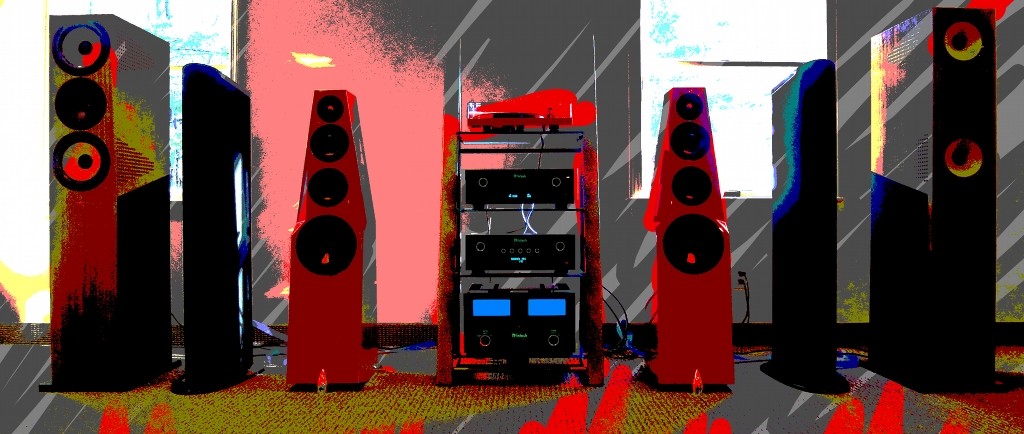


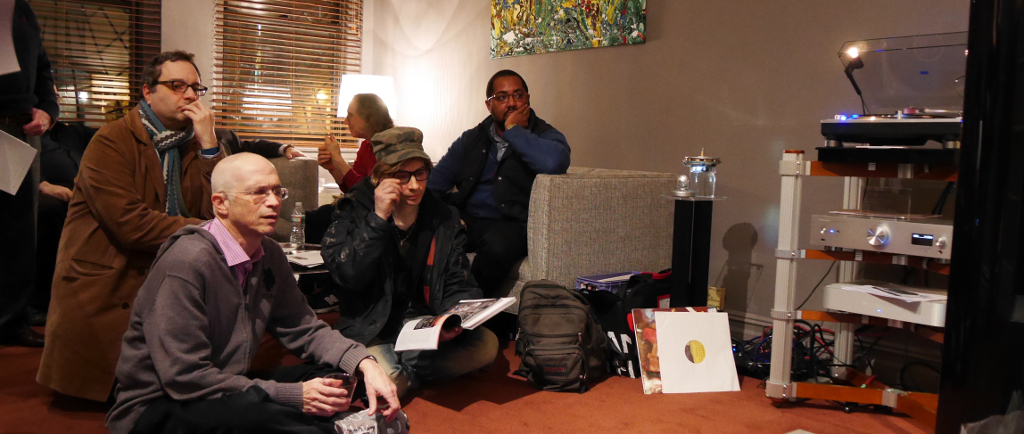



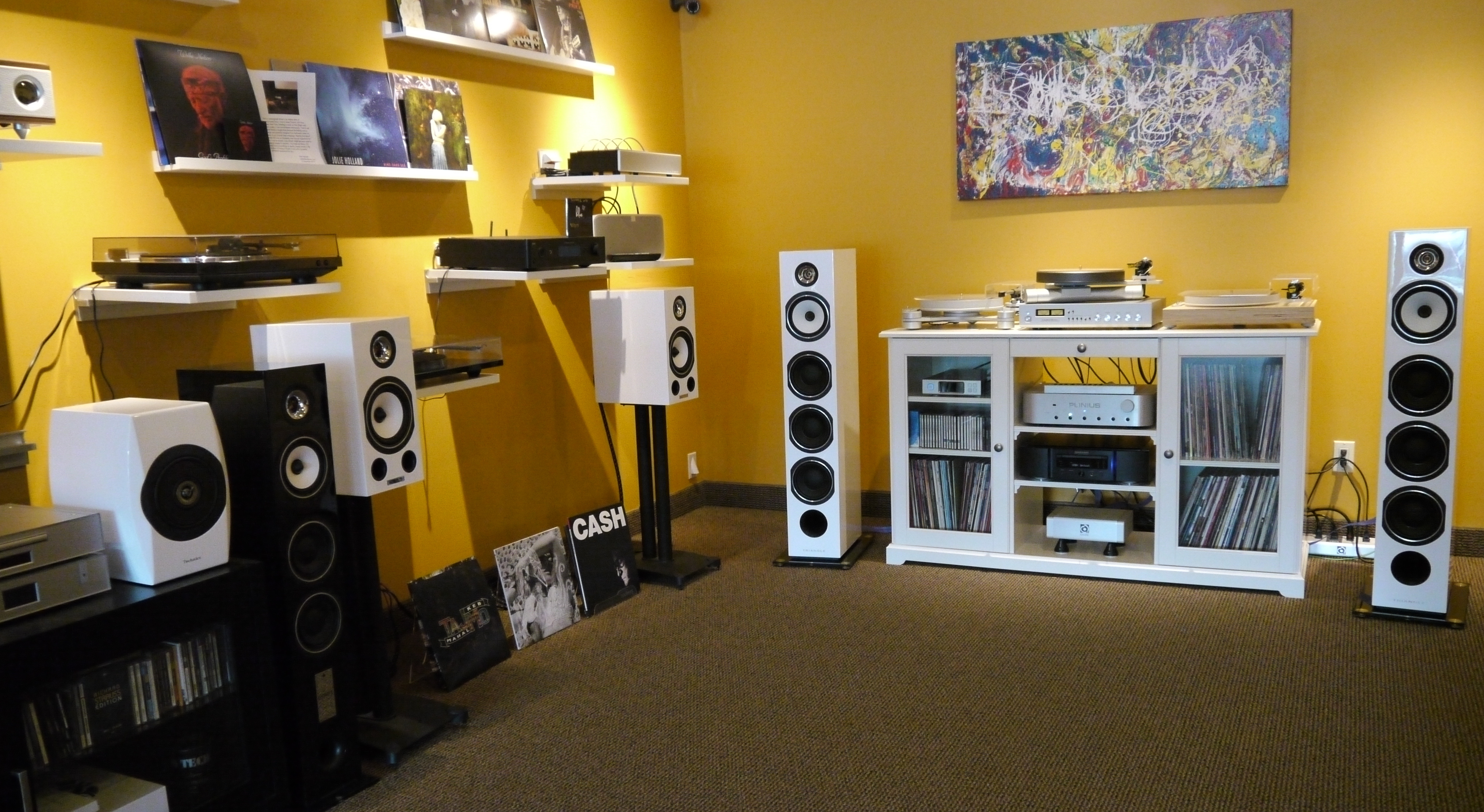




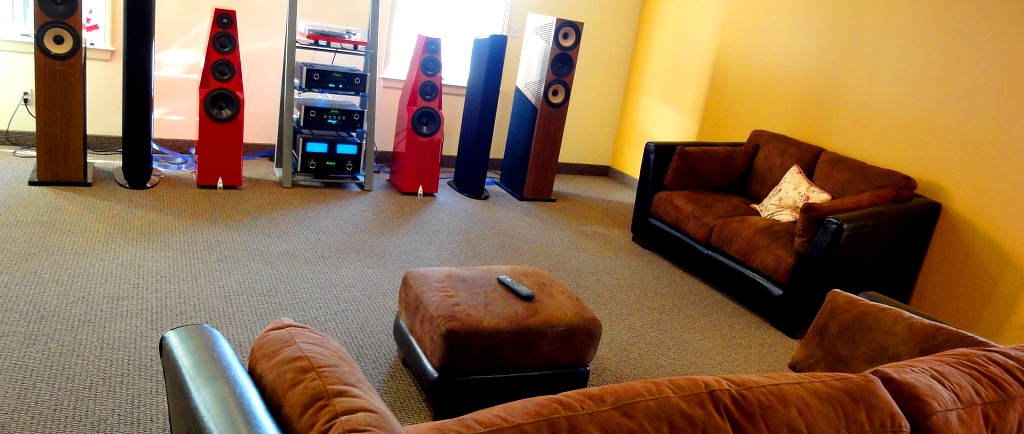

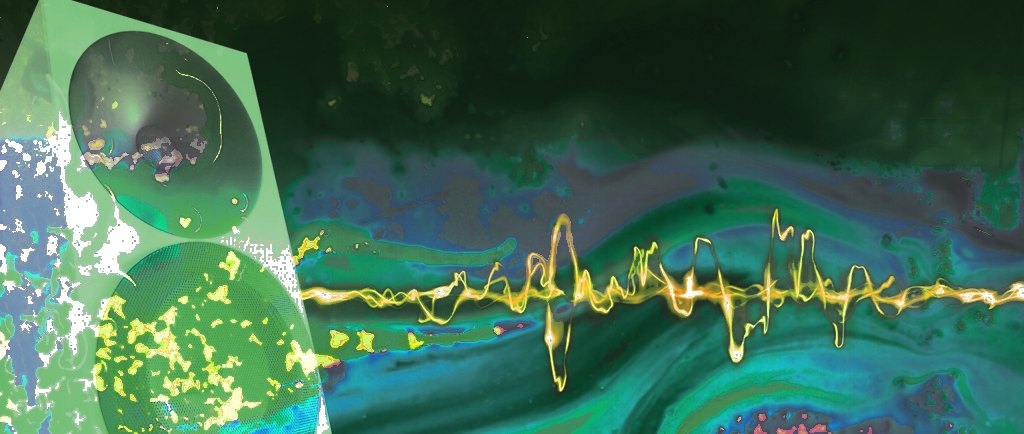




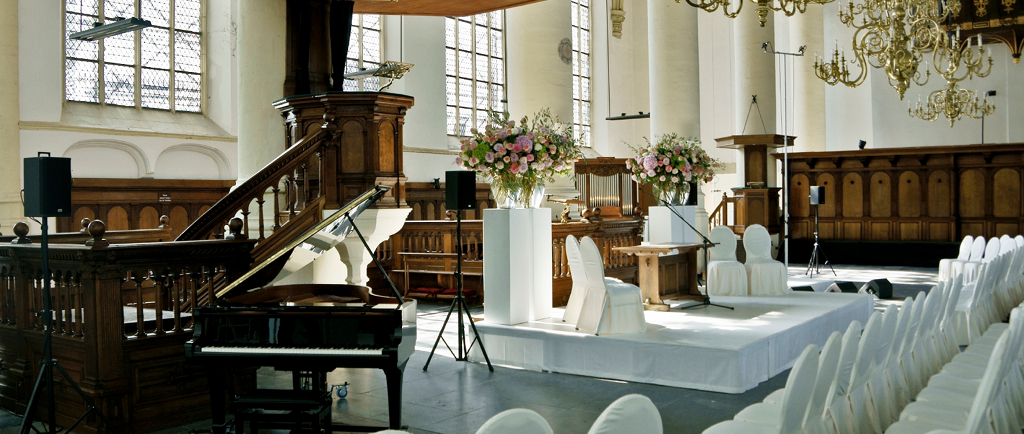


I think this internet site has some really excellent info for everyone :D. “Nothing great was ever achieved without enthusiasm.” by Ralph Waldo Emerson.